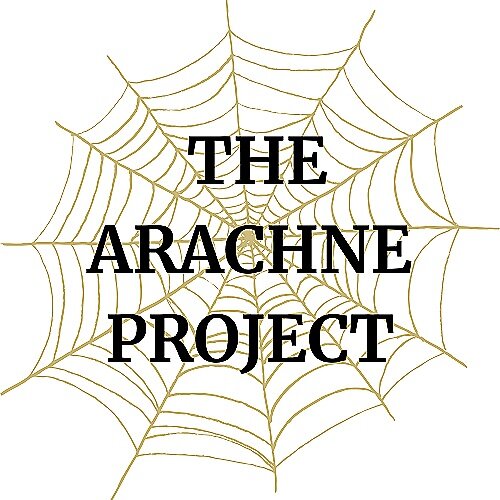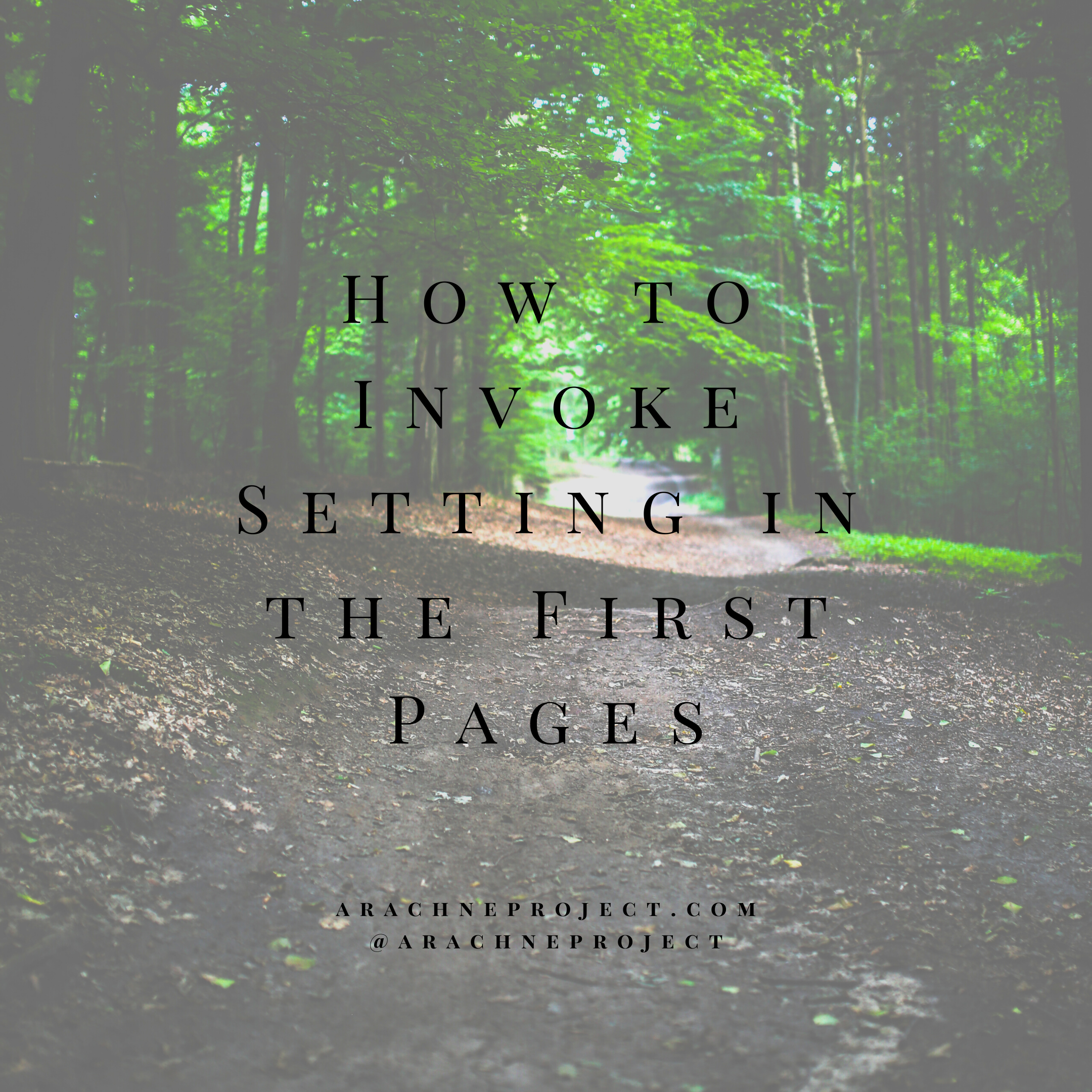How to Invoke Setting in the First Pages
There is a lot of pressure on first chapters. The opening pages of your novel do a lot of heavy lifting: anchoring your reader within the setting of the story, establishing narrative voice, introducing main characters, and setting up the engine that will drive the story forward. When you’re worried about so many parts, something as seemingly small as setting can get lost in details or become reduced to an afterthought. But setting is important and deserves your attention from the very first pages.
In the most basic sense, setting is where and when your story takes place. But building a strong setting is a more complex task than just dropping a town and a year onto the first page. Creatively speaking, setting is the backdrop that brings the environment that the characters inhabit to life. Without a strong sense of setting, your story is likely to feel ungrounded or lack a certain depth of realness. Even in fantasy, where we seem to be making everything up, we try to create a realness for the reader to rest in. Setting is so important in fantasy, that we call it “world-building.” But world-building is not just for fantasy writers. Every setting, especially the most stereotypical hometowns that you take for granted, looks more interesting and grounding through the eyes of a complete newcomer. So don’t let your realistic contemporary setting convince you that you don’t need to create layers and depth.
If you’ve just started writing and you’re not yet sure where and when your story is taking place, that’s okay. You can discover it as you go and you can go back and edit it in later.
Once you figure out where your story is set, you can begin to think of each scene as having a setting as well. Many of the best stories have multiple places where the characters spend time and those places become familiar throughout the story. Some stories even have different timelines, such as time travel, alternate nonlinear storylines, or flashbacks. Multiple timelines can be the most difficult ways to play with setting, but not every story requires that kind of complexity. Overall, in the first pages, your story must have a sense of time and place so that your reader can follow you there and become immersed in the world your characters live in.
Setting is so important that it can determine your book’s genre or how your book is positioned in the market. What this really means is that your setting can impact who is interested in reading your story. This is not to scare you at all. It should not be seen as limiting. Setting choice has a huge impact on story, and you can change the entire feel of a story just by changing it’s setting. What I really want is for you to value the time and energy you spend presenting and polishing your setting.
Seven Ways to Invoke Setting
There are quite a few different ways to invoke setting. I probably won’t even hit them all, but if you’re fairly new to writing fiction, I want to get you thinking deeper about setting than you might already be. And if you’re more experienced, maybe the journal exercises at the end will help you improve how you create time and place in your next project.
You’ll notice that the methods of building setting go from explicit to implicit. Again, there is nothing wrong with any of these. Each manuscript may call for it’s own combination of approaches. What’s important is that you become more aware of the different ways setting can be called up and that you begin to practice your own skills set in your own voice.
State the setting outright. The quickest and easiest way to invoke setting is to state it outright in the first few pages of the novel. While there are more artful ways to build setting with brush strokes of imagery, this method is very clear and paints the setting onto the story canvas in the fewest strokes possible. There are definitely times when quick is called for. And some times and places in history are so well known that they call a very detailed image to mind. However, just because it’s quick and easy doesn’t mean you can “get it out of the way” by doing it this way. You will usually need to back up a stated setting with some of the following methods or your story will feel flat. (I say usually because there is always an exception. But don’t make the mistake of thinking you are always the exception.) Bear in mind that if you write about a real world setting, this may be the best way and it may be the hardest because your supporting details need to be even more accurate when some of your readers will have been there.
Maps and Timelines. Another clear and concise way to introduce your reader to the setting is to include a map or a timeline in the beginning of the novel. Maps can be especially helpful in a story where the characters are exploring a world that readers have likely not visited or a fictional world that the author has created. Timelines can help ground the reader in a historical period they know little about or even in a story where time is a bit slippery.
Use the character’s senses. Another way to invoke setting is by following your main character and noticing the world through their eyes, ears, nose, mouth, and physical touch. What are they seeing and interacting with? Where are they going? Who are they talking to? What does it smell like or feel like? Using sensual imagery can call up a specific period in history, a unique place, or even a fantasy setting. More on this below.
Use technology. Technology is so pervasive in our lives that the technology available and how the character interacts with it says a lot about time and place. If a character pulls a flip phone out of their pocket, that might say something about the time period this story is set in. (It might also be saying something about the character.)
Use clothing. Some clothing pieces are so common that they would not imply a specific place. For example, saying someone wears jeans doesn’t put them in a particular time or place. But give those jeans a certain kind of leg or rise or pattern on the pocket and you have a trend, which can be indicative of a specific time period. Some items of clothing are only popular in certain areas of the US (or the world for that matter). If you have a character with a hat curved over his brow, is it a Red Sox hat? Or is it a cowboy hat? On its own, a single item of clothing might mean more about character than setting, but setting can be invoked through the imagery of the clothing of a entire cast of characters.
Use architecture or furnishings. The image of a skyscraper invokes a city setting. Houses lining a cul-de-sac invoke suburbia. A lone farmhouse on a hill invokes the country side. If your character is inside a house, think about what the furnishings say about the setting. What does it say about setting that the house they live in is decorated in Victorian era furnishings while the school is ultra modern? (Again, what your POV character thinks about these things says a lot about them, but it also invokes setting).
Use food and the presentation of food. This goes along with the character’s senses, but food can be very, very unique to setting. A lobster roll in a paper sleeve with a little cup of cole slaw and a dill pickle points to a summer afternoon in coastal New England. But where are you if it’s a lobster tail on a plate ? What kinds of “local” food do they eat where you are? How is it served?
I feel that I could go on and on, but your mind is probably already conjuring images and sensations that transport you to particular places you’ve been in the past. Or places you’ve seen photos of and want to go in the future. This ability to be transported to place and time is central to the art of creating setting. There is so much more to setting than dryly stating a date and city where your story takes place.
If you want to continue thinking about this and practicing setting, I would encourage you to keep a journal. Find one small enough to carry with you when you are out and about traveling to new (or old) places. Of course you can use a notes application in your phone if you prefer, but I’m a tactile person and I really like the kinesthetic feedback of pen and paper.
For Your Journal
When you visit some place interesting (or comfortable, or noticeably uncomfortable even!), take a few minutes to journal, without judgement, about the sensations that are making up your experience of that place. What does it look like? What does it smell like? What are you hearing? What do the seats feel like? Keep going for a bit. You don’t need a lot of sensations to begin to pull together a real feel for the setting. Perhaps three or four will paint a picture vivid enough to ground a reader in this “fictional” place in time.
In the novel you’re reading, reread the first chapter with an eye for setting. How does the author invoke time and place? Is it effective for you? Notice how they invoke setting each time the character moves to a different location or when significant time passes. Setting changes within a scene or chapter can be very jarring or they can be seamless. Pay attention to how other writers do it without copying. Studying their techniques can help you develop your own craft.
Think back on a very important memory in your life. Perhaps graduation day or a special party. Explicitly state the setting. Then try to implicitly describe the setting using techniques from above. Remember that setting is more than general city and year. It’s also the more specific neighborhood, house, room, time of year, and time of day.
I would love to hear if this post was helpful to you. Are there additional ways that you build setting? What are your go-tos?
If this resonated with you and you want to learn more, make sure you SUBSCRIBE to the blog right below this post, leave a comment, or pass it along. We’re all connected in this collective and never know who you might be helping with a simple share.
Happy Writing!
Celeste

